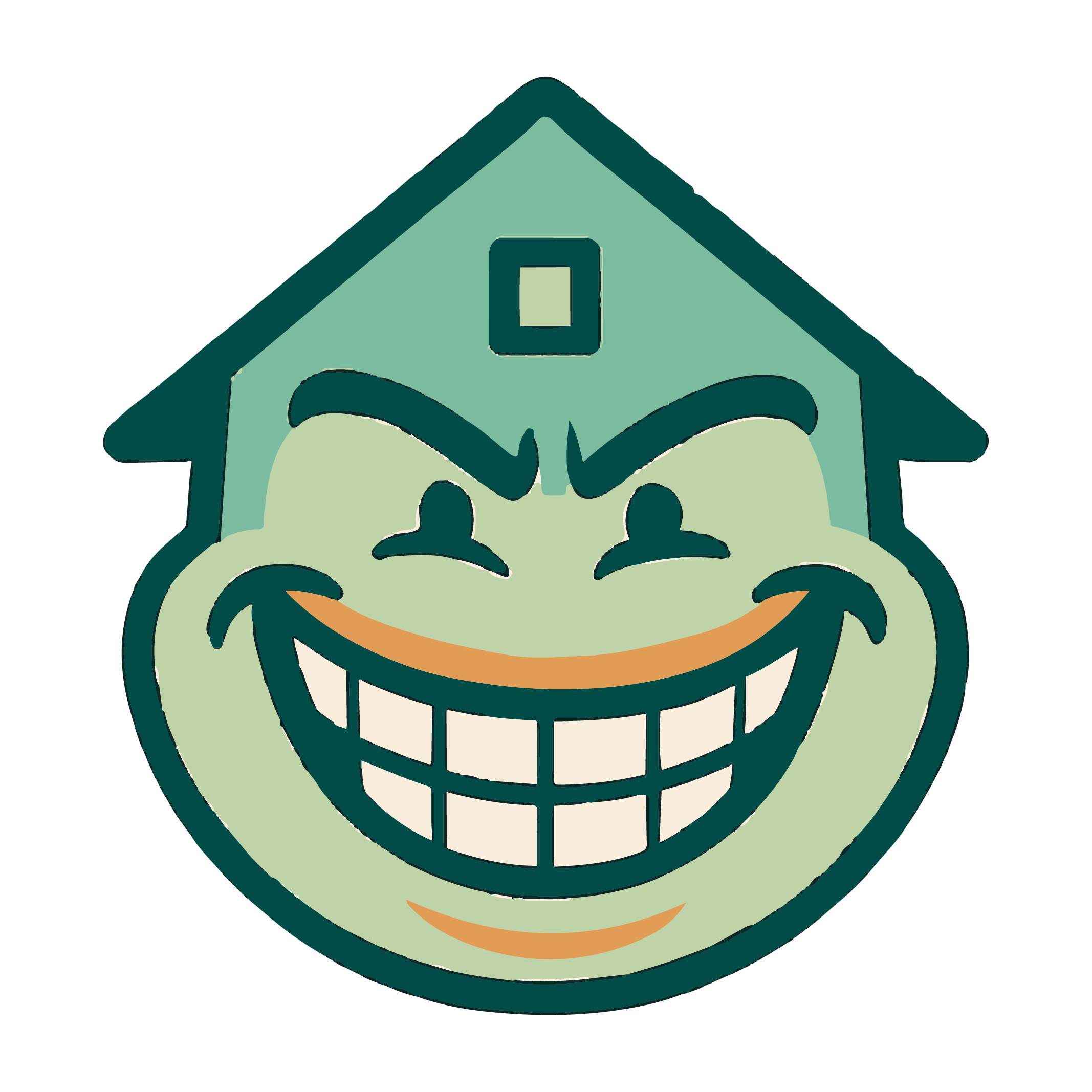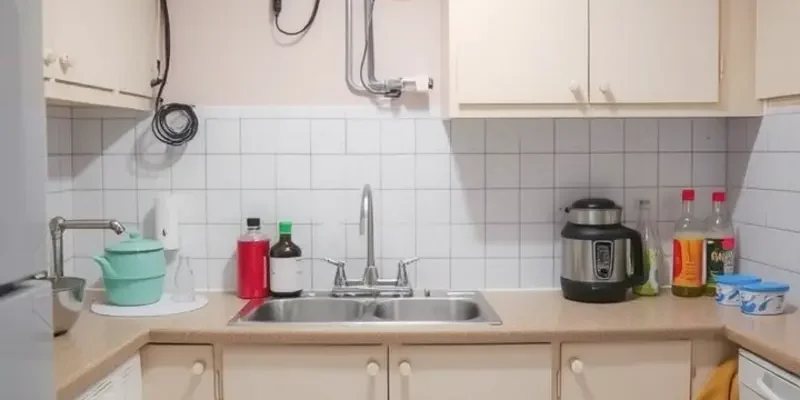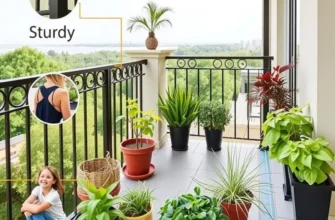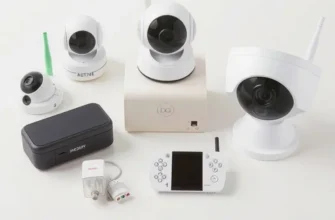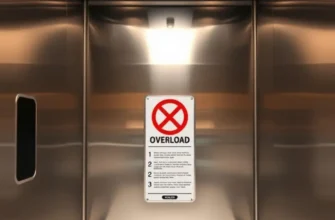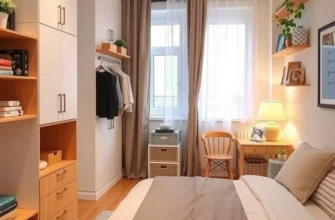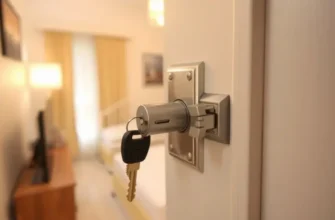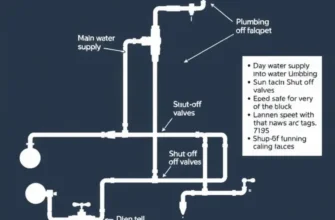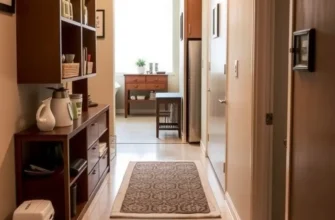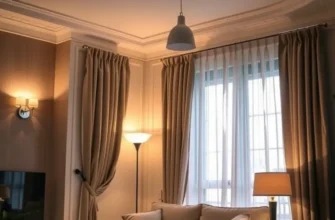Every renter deserves a safe and secure apartment, but often hazards can lurk in plain sight. From outdated electrical systems to potential fire risks, awareness of the lurking dangers is the first step to ensuring your safety. As tenants, it’s essential to recognize and address these hazards before they escalate into bigger issues. Understanding how to identify these risks can help you maintain a comfortable living environment and encourage prompt action from your landlord or property manager. In this guide, we will explore common hazards found in apartments and provide practical tips for averting potential accidents. Through proactive measures, you can cultivate not only a safe home but also a hassle-free living experience.
Unseen Dangers: Common Apartment Hazards

Living in an apartment comes with unique safety challenges that are often overlooked. While focusing on the visible elements of an apartment is important, awareness of hidden hazards can prevent potential disasters. By recognizing these risks, renters can take steps to create a safer living environment.
Electrical safety is a critical concern. Outdated wiring and overloaded outlets are common hazards. Older buildings might not have been designed to accommodate modern electrical demands, leading to potential short circuits or fires. Renters should ensure that outlets are not overloaded, using surge protectors instead of simple power strips. Regularly inspecting cords for wear and avoiding running them under rugs can further protect against electrical fires.
Plumbing issues, while often considered minor inconveniences, can escalate quickly. Leaking faucets or pipes can lead to water damage or mold growth. Mold not only affects the structural integrity of a building but poses significant health threats, especially to those with allergies or asthma. To mitigate these risks, renters should report leaks immediately. While waiting for repairs, placing a water-absorbent material under leaks can prevent further damage. For more detailed guidance on maintaining your space, you might find useful tips here.
Fire hazards extend beyond electrical concerns. Kitchens are hotspots for fires, usually due to unattended cooking or flammable items stored too close to heat sources. Renters should never leave cooking unattended, ensure that flammable items are stored well away from stovetops, and regularly clean exhaust fans to prevent grease buildup.
Smoke detectors are essential safety devices but are often neglected in rental properties. Renters should test smoke alarms monthly and replace batteries regularly. If the building lacks adequate smoke detection, renters should alert their landlord immediately and consider investing in battery-operated smoke alarms for additional coverage.
Hiring a professional to conduct an annual safety inspection can identify hidden hazards in an apartment. This proactive approach ensures that minor issues are addressed before they become significant problems.
Awareness and proactive action are crucial to maintaining a safe apartment. By understanding and addressing unseen dangers, renters can enhance not only their own safety but that of the entire building community. Regular communication with landlords concerning potential hazards can foster a more secure and responsive living environment. Being informed and prepared substantially reduces the risks associated with common apartment hazards.
Proactive Measures: Ensuring Safety and Security
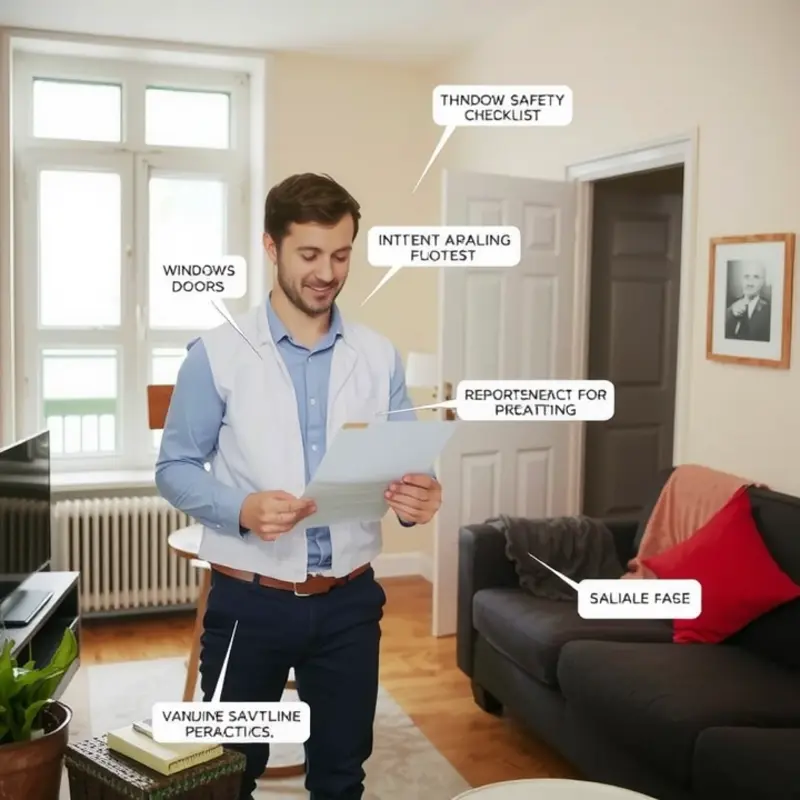
Proactive engagement in your apartment’s safety can prevent minor issues from escalating into significant hazards. Here are some actionable steps to empower renters in creating and maintaining a secure living environment.
Regular inspections are the cornerstone of apartment safety. Start by conducting routine checks of essential elements such as smoke detectors, carbon monoxide detectors, and fire extinguishers. Ensure these devices are functional, and replace batteries as needed. This simple yet crucial task can save lives in an emergency situation.
A comprehensive checklist tailored to potential apartment hazards is an invaluable tool. Include checks for electrical outlets, plumbing, and structural integrity. Look for water damage signs, like stains or peeling paint on ceilings and walls, which could indicate leaks. Inspect windows and doors for proper locking mechanisms to enhance security. By systematically documenting these inspections, renters can keep track of recurring issues and their resolution status.
Identification of hidden dangers, such as poor ventilation, is equally important. Inadequate airflow can lead to moisture buildup, causing mold growth and compromising air quality. For more information on maintaining a clean and healthy apartment environment, visit keeping apartments dust-free.
Effective communication with your landlord is another critical aspect. Be clear and concise when reporting maintenance issues. Provide detailed descriptions and, if possible, include photos of the problems. This not only enhances understanding but also expedites the repair process. Establishing a good relationship with your landlord fosters a collaborative effort toward maintaining safety.
Understand your rights and responsibilities as a tenant, particularly regarding repairs and maintenance. Familiarize yourself with local tenant laws and guidelines to ensure you’re well-informed. This knowledge empowers you to advocate effectively for necessary repairs and upgrades.
For renters with children, integrating these proactive measures is even more vital. Childproofing techniques can further enhance safety. Secure furniture to walls, cover sharp corners, and ensure toxic substances are out of reach. These small adjustments can make a significant difference in your living space’s safety level.
Taking the initiative to incorporate these proactive steps not only contributes to peace of mind but also enhances the overall quality of life in your apartment. As a renter, your vigilance and persistent advocacy for safety and security are paramount. By doing so, you are actively participating in creating a safer, more secure home.
Final words
Your apartment should be both a refuge and a sanctuary, free from the threats of hazards that could disrupt your peace of mind. By familiarizing yourself with potential dangers and adopting proactive measures, you can confidently maintain a safe and secure living space. Always feel empowered to communicate any concerns to your landlord, fostering a collaborative effort toward safety. Remember, your well-being at home is a priority, and no concern is too small to address.
